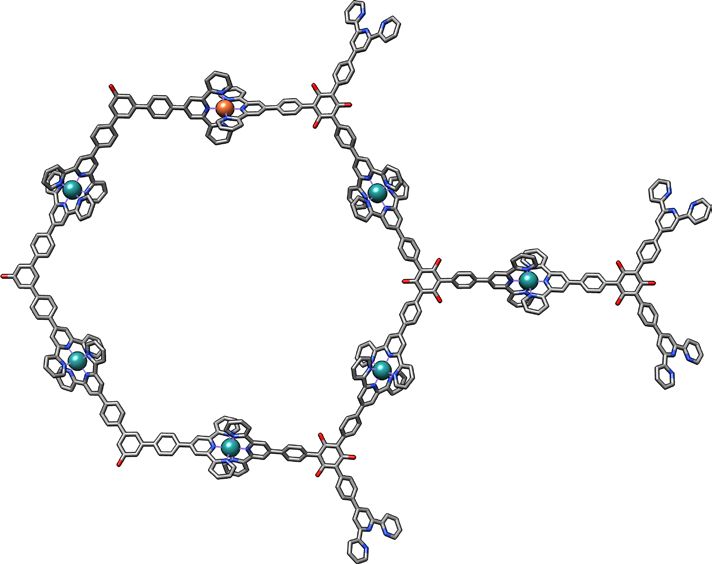This Is The First-Ever X-Ray Of A Single Atom
Scientists have finally glimpsed chemistry at its smallest level after capturing the first-ever X-ray of a single atom. Atoms are the tiniest particles in our universe, and they're the basic foundation of everything that normal matter is built upon. As such, understanding them better will help us understand the larger parts of the universe.
Scientists currently use high-energy X-rays to better look at atoms and molecules, giving us glimpses into how they are arranged. The researchers capture diffracted beams of x-ray light, allowing them to reconstruct the structure of molecules and atoms in crystalline form, Science Alert reports. Now, though, scientists have taken things a step further.
Instead of just looking at how atoms and molecules are arranged, scientists have managed to capture the first-ever X-ray of a single atom. The technique used could give us a different perspective of matter at the level of its tiniest processes. The researchers say that X-rays are a suitable way to probe for the atom's characterization because of the wavelength distribution being comparable to the atom's size.

And there are several different types of X-rays to work with, too, allowing the researchers to combine what they call synchrotron X-rays, which see electrons accelerated along a circular track until they glow brightly with high-energy light, with a microscopy technique known as scanning tunneling microscopy.
This technique allowed the researchers to not only capture the first X-ray of a singular atom, but also to capture it in excellent detail, giving them a precise look at what a singular atom might look like if we were able to zoom in on these tiny particles that help make up everything in our universe.
It's intriguing research that could really help us understand the fundamentals of matter, perhaps opening new avenues of understanding and learning about our universe – something that will no doubt translate to helping us decode several of the universe's greatest mysteries, or at least help us take another step towards answering those mysteries.
The researchers published their findings in the journal Nature. Perhaps future experiments will help us decode more about atoms, and even shed some light on how our universe came to be by understanding how these tiny particles come together to make everything else possible.
